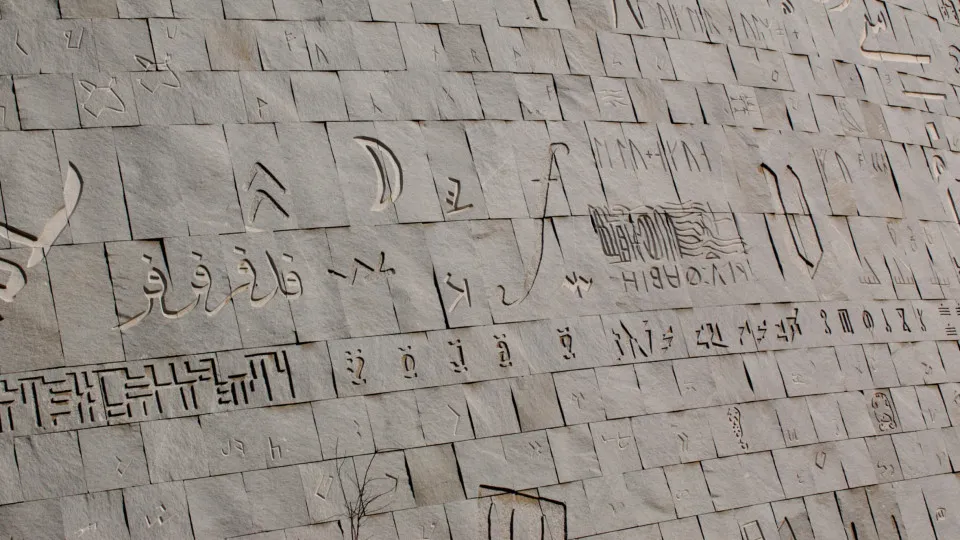The Great Library of Alexandria was one of the most ambitious intellectual endeavors in human history, a place where knowledge knew no borders and the pursuit of wisdom was a sacred duty. Established in the 3rd century BCE in the thriving city of Alexandria, Egypt, it was more than just a library; it was an institution of learning, a melting pot of cultures, and a beacon of enlightenment that drew scholars, scientists, and philosophers from across the known world.
But for all its greatness, the Library of Alexandria did not stand forever. War, fire, and shifting tides of power slowly dismantled its legacy and erased untold volumes of priceless knowledge.
The precise details of its destruction remain shrouded in mystery, but what possibly led to its downfall? Click through this gallery to find out.



